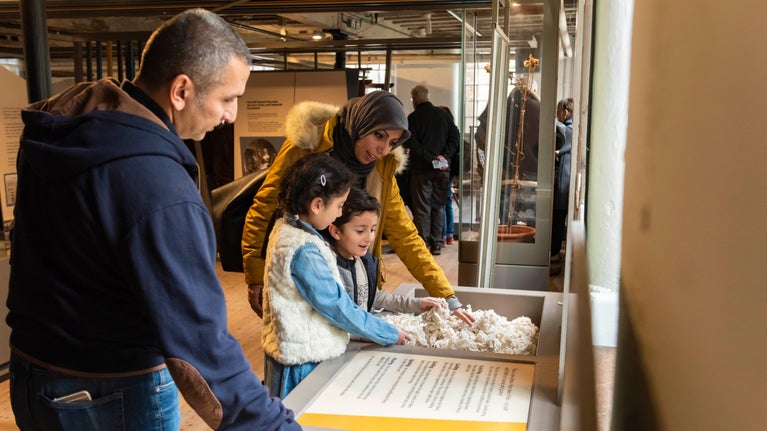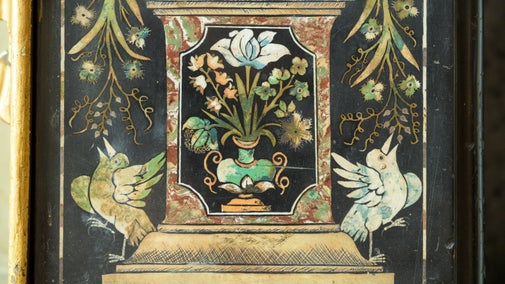
How we interpret history

We look after historical places, objects and landscapes that tell our nation’s history, and everyone is welcome to explore them and learn their stories. Discover how we research and share history in fair and inclusive ways.
Why history matters
Since our founding, we’ve preserved historic places and collections because everyone can benefit from them. We share history in several ways including tours, exhibitions, books, displays, leaflets and academic papers.
Our approach
We work with qualified professionals and volunteers to make sure the history we present is well-rounded and factual. Our work is guided by five core principles:
High-quality and robust research
As an Independent Research Organisation (IRO), we work to a high standard and base our interpretation on reliable sources. We take on board different academic perspectives, and our research is overseen by our Research Board.
For everyone
We serve a range of needs and interests, which we understand through audience research. We use a range of styles and methods to make sure we engage everyone. This helps people discover history in a way that works best for them.
Sharing full histories
Our aim is to share the fullest history of everything in our care, covering both famous and lesser-known stories to deliver a fair, balanced and well-evidenced interpretation. We value the connections between historic objects and places.
Listening and learning
We explore new ideas and approaches to meet people’s changing needs, and to spark meaningful conversations. We do this with the utmost respect for the historic places we look after, and we actively seek and act on feedback.
The right approach for the place
Every place is unique, and we tailor our interpretation to reflect the history and heritage of each site. We care about our visitors and understand the importance of presenting and preserving the past in a careful and thoughtful way.

You might also be interested in
Why does the National Trust do research?
Learn how research helps us understand changes in the world around us, discover more about the places the Trust cares for and find practical solutions to conservation problems.

History
Learn about people from the past, discover remarkable works of art and brush up on your knowledge of architecture and gardens.
